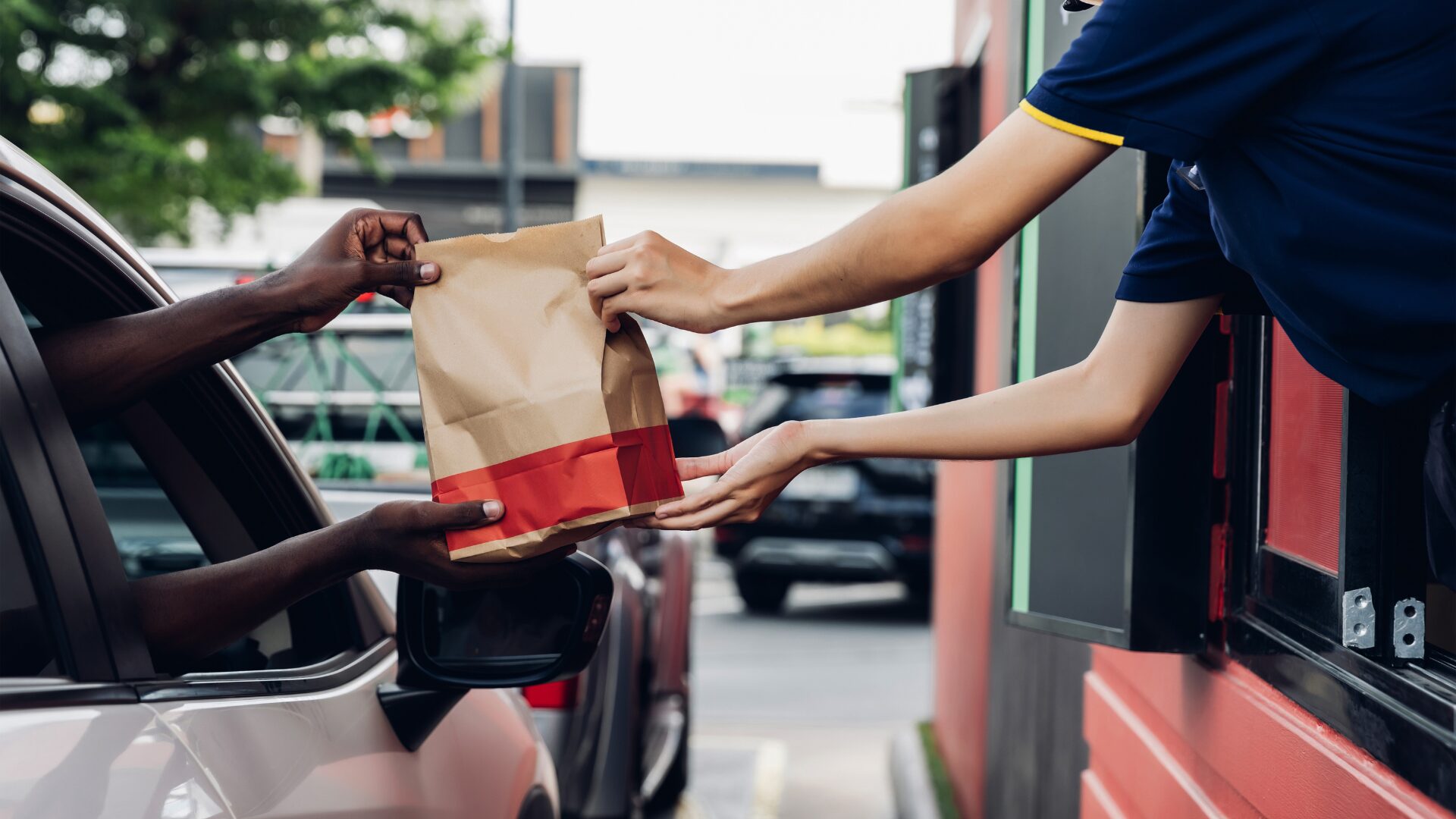The most “digitally mature” grocery retailers are capturing a considerably greater share of the growth of a growing shopping modality, according to the results of 2020 Grocery Digital Maturity Benchmark Study from Incisiv, reported Winsight Grocery Business (Nov. 10).
The advantage has only increased since COVID began. While on a five-year basis, the 27 more mature retailers in the survey were outgrowing their lower-ranked rivals by 2.2 times, it is now closer to 2.5 times when comparing the second quarter of 2019 to the second quarter of 2020. Digital adoption by consumers in the same time frame grew from 24% to 43%.
“When the industry grew 8%, the most digitally matured grew almost 19%. That is almost two and a half times,” said Amar Mokha, COO of Incisiv. “So the digitally more mature have grown, but at the same time, the market has shifted. The investment in digital growth is reaching rich dividends, and going forward, it will increase exponentially as the big ones get bigger and they corner more market share.”
Another survey from Acosta found that 89% of U.S. grocery shoppers are using smartphones, up 22% since 2015, reported Progressive Grocer (Nov. 9).
It also found that 58% agreed they are comfortable using digital/online tools to assist with grocery shopping and more than seven in 10 shoppers reported using a grocery retailer’s app. Shoppers use this technology for online orders as well as to find products in the store and participate in loyalty programs.
“Mobile-assisted grocery shopping is here to stay and offers a great opportunity for brands and retailers to truly meet the needs of today’s shoppers,” said Colin Stewart, EVP, business intelligence at Acosta. “By delivering an end-to-end approach, from mobile recipe/meal planning and list making to e-commerce and an in-store experience that is enhanced by mobile, they can not only attract more customers, but also engage with them in new and meaningful ways—during the pandemic and beyond.”
One grocer taking advantage of this is Giant Eagle. The chain recently launched a robust digital rewards platform, reported Supermarket News (Nov. 9). Shoppers in Canton, OH, who activate a digital account with Giant Eagle will receive access to special savings events through the holidays and receive a 5% discount on more than 3,500 Giant Eagle brand items purchased through the end of the year.
Rite Aid is also rebranding and introducing a new digital experience, reported MarketWatch (Nov. 9). It is testing what it calls a “store of the future” design.
Overall, grocery retailers remain at a lower maturity for digital functionalities, Incisiv found. However, in 2020, significant improvement has been realized across the buying journey.
Incremental adoption improved this year in the areas of ability to reorder from previous orders available in a customer’s history— which is now offered by 82% of retailers, a 37% increase from 2019—and digital receipts which grew in adoption by 21% this year and are now available at 79% of the retailers studied.
The largest area of dissatisfaction among consumers is the nonavailability of delivery slots or curbside pickup slots, according to Mokha. That has been the single biggest reason why they’ve switched over to a third-party delivery service because they’ve made wider availability of slots and delivery options to them,” he said.












